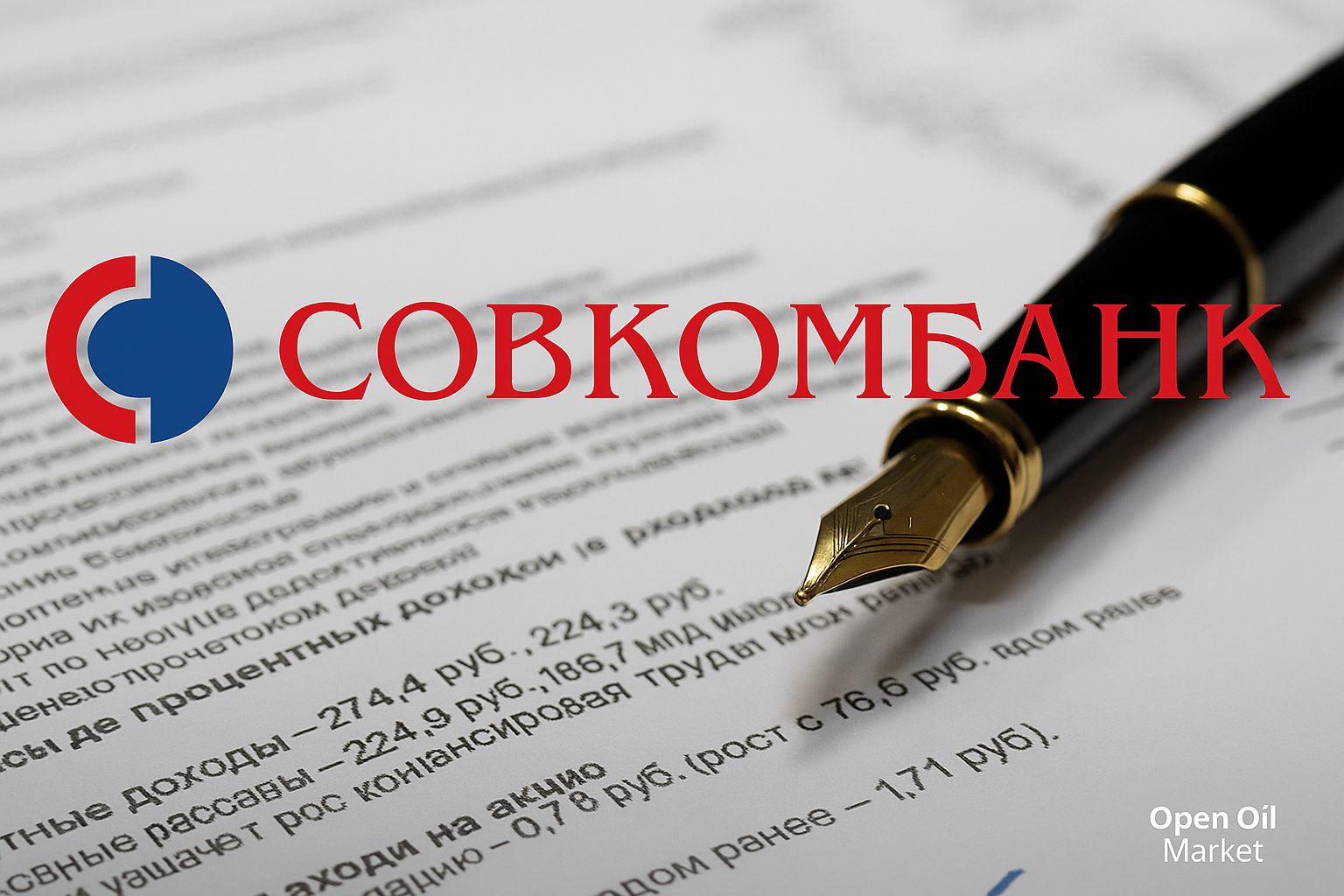China: Industrial Production in July Below Forecast — Risk Assessment and Implications for Markets
Key Data
- Industrial Production (July): +5.7% YoY (expected +6.0%; previous value +6.8%).
- Industrial Production Year-to-Date: +6.3% YoY (previous +6.4%).
- Retail Sales: performance weaker than expected, indicating sluggish domestic demand.
The Chinese economy slowed down in July, with both industrial production and retail sales falling short of consensus expectations. For investors, this signals a cautious reassessment of growth rates, corporate profit sensitivity to domestic demand, and the trajectory of monetary policy.
What Is Behind the Slowdown
- Domestic Demand: consumption is stalling due to household caution and uneven labor market recovery.
- Investment: fixed investment is constrained by weakness in the real estate sector and selective budget discipline in regions.
- External Environment: unstable export demand and global supply chain restructuring.
The combination of muted consumption, cautious investments, and ambiguous exports is creating a flatter growth profile for the Chinese economy.
Sectoral Landscape of Industry
- High-Tech Manufacturing: electronics and machinery are growing but facing cyclical fluctuations in external demand.
- Heavy Industry: metallurgy and materials are sensitive to the construction cycle and investment plans.
- Energy and Petrochemicals: resilience is supported by base demand, but margins are volatile due to raw material prices.
Sector imbalances persist: drivers in technology and specific niches are overshadowed by weakness in the construction sector and related industries.
Retail Sales and the Consumer
- Demand Structure: services and e-commerce are holding up better, while large purchases and the automotive segment are more volatile.
- Household Savings: households remain cautious, preferring liquidity amid uncertainty.
- Income Policy: wage growth and targeted incentives remain critical for sustainable recovery.
Without acceleration in income and consumer confidence, retail recovery remains limited.
People's Bank of China Policy
- Monetary Conditions: likelihood of targeted easing measures (liquidity operations, directed support for lending).
- Transmission Mechanism: banks are cautious in risk lending, which constraints the stimulus multiplier.
- Yuan Exchange Rate: balancing growth support and financial stability requires careful calibration.
Signals of slowing growth increase the chances of regulatory support, but the scale and speed of measures are likely to remain targeted.
Stock Market: Who Benefits and Who Is Affected
- Domestic Demand: consumer stocks are sensitive to retail; resilient niches (essentials, services) tend to benefit.
- Industry and Materials: dependent on investment cycles and infrastructure programs.
- Technology: supported by structural growth in digitalization, but export volatility persists.
Investors should focus on selection: prioritize companies with strong cash flow, capital discipline, and export diversification.
Debt Market and Cost of Capital
- Yields: weak macro data support appetite for quality bonds.
- Credit Spreads: resilience in quasi-sovereign papers, selectivity in the corporate segment.
- Financing: cost of capital remains moderate, but banks are increasing risk premiums for sensitive sectors.
Commodities and External Markets
- Raw Materials: industrial slowdown limits demand for metals and energy resources.
- Asian Suppliers: impact on the export of neighboring economies through value-added chains.
- Regional Currencies: increased sensitivity to news about stimuli and yuan exchange rate policies.
Risks and Triggers
- Real Estate: prolonged correction in sales and prices may dampen investment activity.
- External Environment: weakening global demand and trade restrictions.
- Policy: scale and targeting of stimuli; regulatory initiatives in technology and finance.
What Investors Should Monitor
- Subsequent releases on retail sales, investments, and unemployment.
- Business activity indicators (PMI) in industry and services.
- Signals from the People's Bank of China regarding liquidity and interest rates, yuan dynamics.
- Support measures for real estate and infrastructure at both central and regional levels.
Portfolio Implications
July's economic slowdown in China, reflected in weaker industrial production and retail statistics, confirms the scenario of "uneven" recovery. For investors from the CIS countries, this underscores the case for a selective approach: prioritizing companies with stable margins, export diversification, and low debt levels, as well as maintaining cautious duration in debt instruments. The pace of stimulus, yuan behavior, and signals from the labor and real estate markets remain critical.
